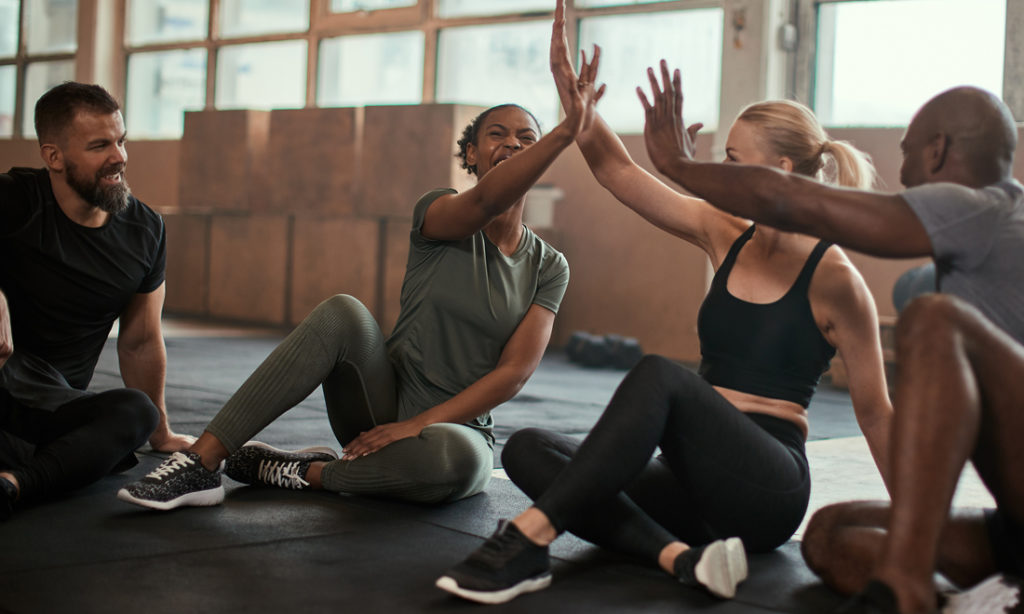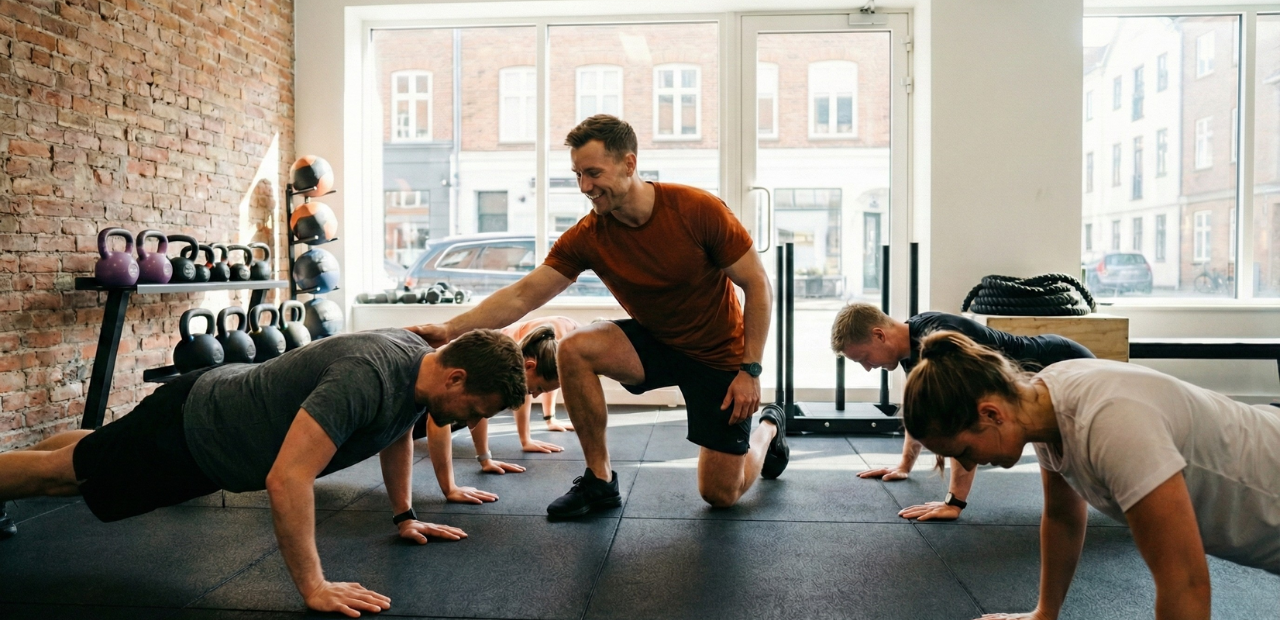In the ever-evolving realm of fitness and wellness, the resounding call for inclusivity echoes louder than ever before.
While mantras such as “no pain, no gain” and “strong is the new sexy” have motivated countless individuals on their fitness journeys, they inadvertently foster an exclusive atmosphere within fitness spaces.
At Virtuagym, we are passionately dedicated to reshaping the fitness landscape, ensuring that it becomes a welcoming haven for everyone, irrespective of age, race, gender, body type, or ability level.
In this comprehensive guide, we will embark on a transformative journey to explore the essential elements of crafting inclusive fitness spaces—environments where individuals from diverse backgrounds not only gain access to fitness but also become part of a supportive community.
By the end of this guide, you will gain a profound understanding of what it entails to construct inclusive fitness and wellness spaces that empower and uplift individuals from varying identities and geographic locations, all while promoting the ideals of a welcoming, certified personal trainer and body liberation project.
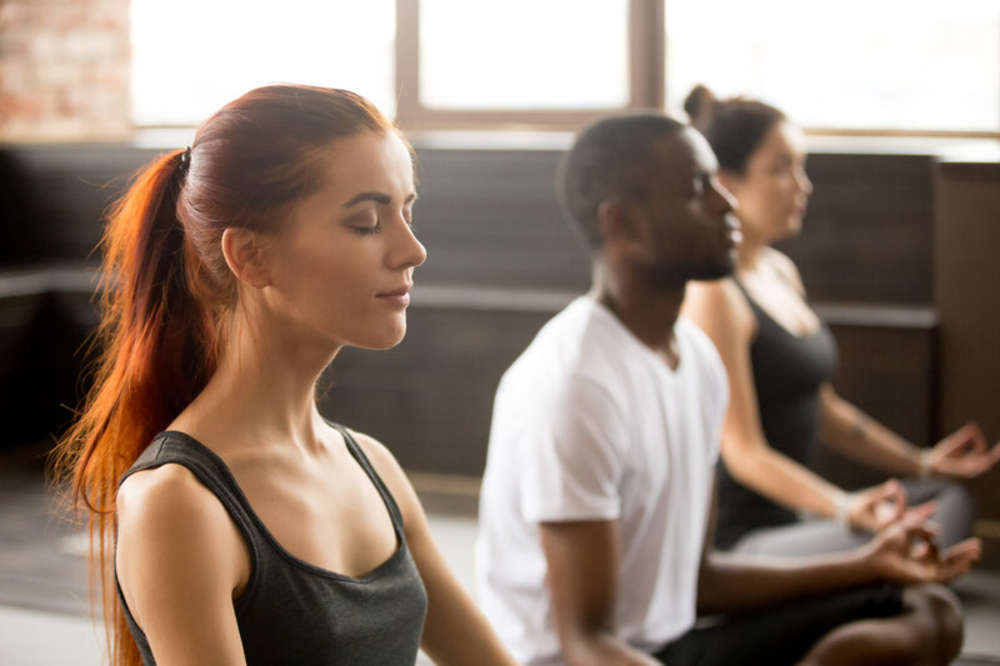
Embracing Diversity
Inclusive gyms thrive on diversity. By embracing individuals of all backgrounds, you create a tapestry of experiences and perspectives that enrich the fitness community.
A gym should be a place where everyone feels respected, valued, and seen for who they are. A place where you actively promote diversity and inclusion, and your members come from a wide range of backgrounds and cultures.
When a client steps into a gym, they should immediately sense a commitment to diversity. From the artwork on walls to the music playing in the background, you should strive to create an environment that mirrors the mosaic of your community.

Body Positivity
In an inclusive gym, body positivity is not just a buzzword; it’s a guiding principle. It is important to recognize that fitness is more than aesthetics—it’s about feeling healthy and confident in your skin.
A gym should promote body positivity by celebrating bodies of all shapes and sizes. Explore this which gives an overview of weight discrimination. Reject unrealistic beauty standards and embrace the beauty of diversity. Here’s how you could put this into practice:
- Inclusive Marketing: Using promotional materials that feature individuals of all body shapes, sizes, and backgrounds, that way promote body positivity.
- Judgment-Free Zone: Ensuring your gym is a judgment-free zone where everyone can work on their fitness goals without fear of criticism. That be progress, health, aesthetics, and more.
- Empowering Language: Ensuring trainers and staff use language that uplifts and empowers members. Avoid phrases that perpetuate negative body image and instead focus on celebrating achievements and improvements.
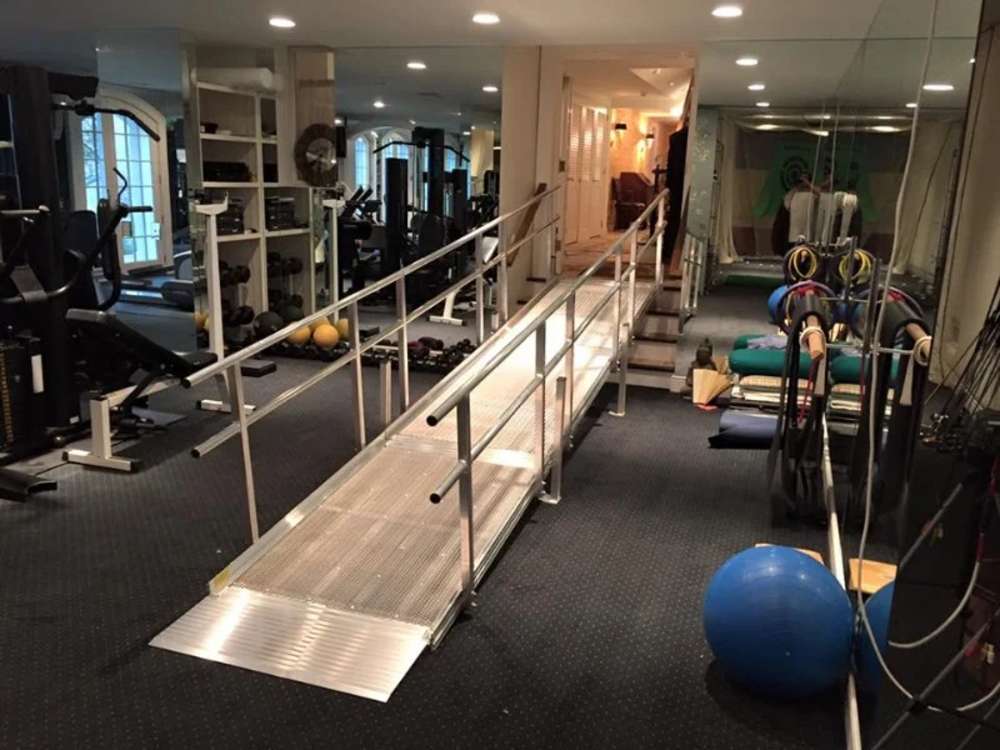
Accessibility Matters
Creating an inclusive gym means making the space accessible for everyone, regardless of their physical abilities.
It is important to understand that individuals may have varying levels of physical ability and mobility. To address this, we recommend investing in several accessibility features:
- Ramps and Elevators: Facilities that include ramps and elevators to ensure easy access for wheelchair users and individuals with mobility challenges.
- Adaptive Equipment: Provide a range of adaptive fitness equipment to accommodate individuals with disabilities. This equipment is designed to be versatile and user-friendly.
- Staff Training: Trainers undergoing specialized training to work with individuals who have different physical abilities. They can tailor workouts and exercise, to accommodate various needs and abilities.
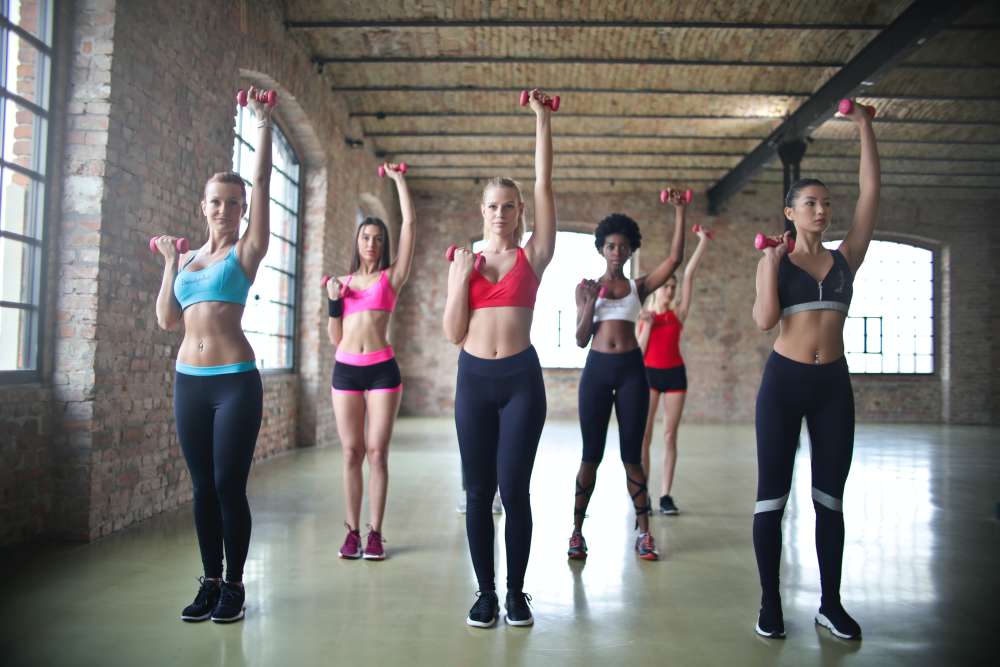
Inclusive classes and fitness programs
Your gym should also offer a diverse range of fitness classes and programs to cater to various interests and abilities.
From high-intensity workouts to gentle yoga sessions, offerings should be designed to include something for everyone.
These classes and training sessions should be conducted in a welcoming and inclusive atmosphere, and focus on fostering a sense of belonging for all.
- Diverse Class Schedule: Intentionally diverse class schedule, offering options at various times and days to accommodate different schedules.
- Qualified Instructors: Instructors are trained to create inclusive class environments. They provide modifications for exercises, ensuring that participants of diverse backgrounds and all fitness and ability levels can join comfortably.
- Inclusive Language: Instructors use inclusive language and cues to ensure that everyone feels valued and respected during classes.
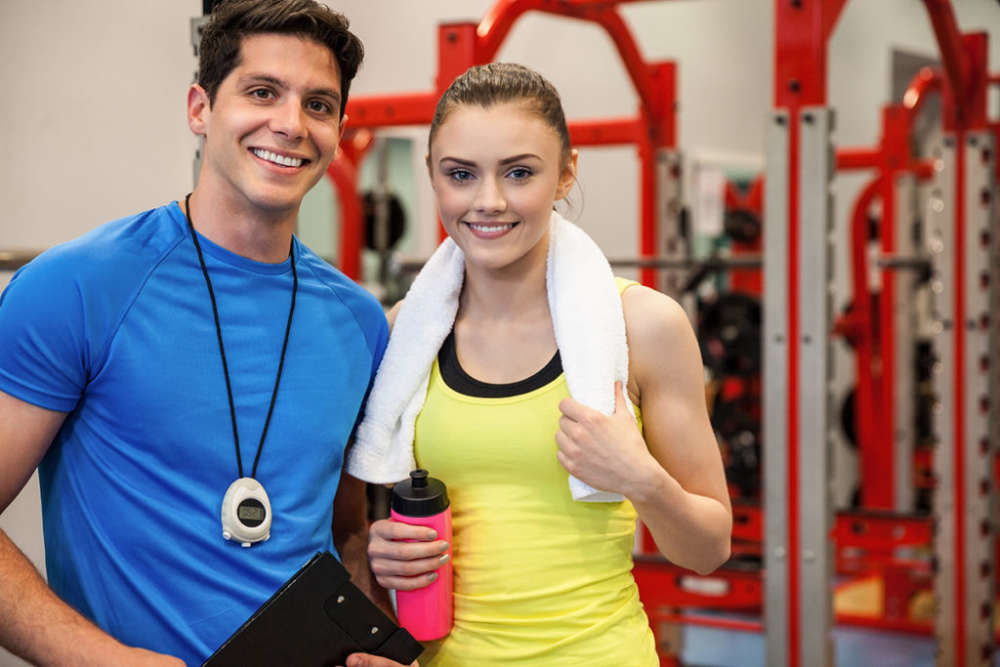
Supportive Staff and Culture
An inclusive gym culture begins with our staff. It’s important for every member to feel heard, respected, and supported.
Therefore, staff should undergo extensive training to ensure they’re equipped to meet the diverse needs of your members and don’t act upon inappropriate behavior.
- Empathy and Active Listening: Staff trained to listen actively and empathetically to members’ and clients’ concerns and feedback. Understanding and compassion are essential to creating a supportive environment.
- Adaptive Training: Trainers skilled in adapting workouts to individual abilities. Working closely with members to set realistic goals and create personalized fitness plans.
- Conflict Resolution: Have a clear and transparent conflict resolution process in place. Any issues related to discrimination or harassment have to be taken seriously and addressed promptly to maintain a safe and inclusive gym.

Goal-Oriented Gym Experience
One of the hallmarks of an inclusive gym is the understanding that fitness goals vary widely.
Whether members want to get toned, build muscle, lose weight, gain weight, increase flexibility, or improve cardiovascular health, you are there to support them.
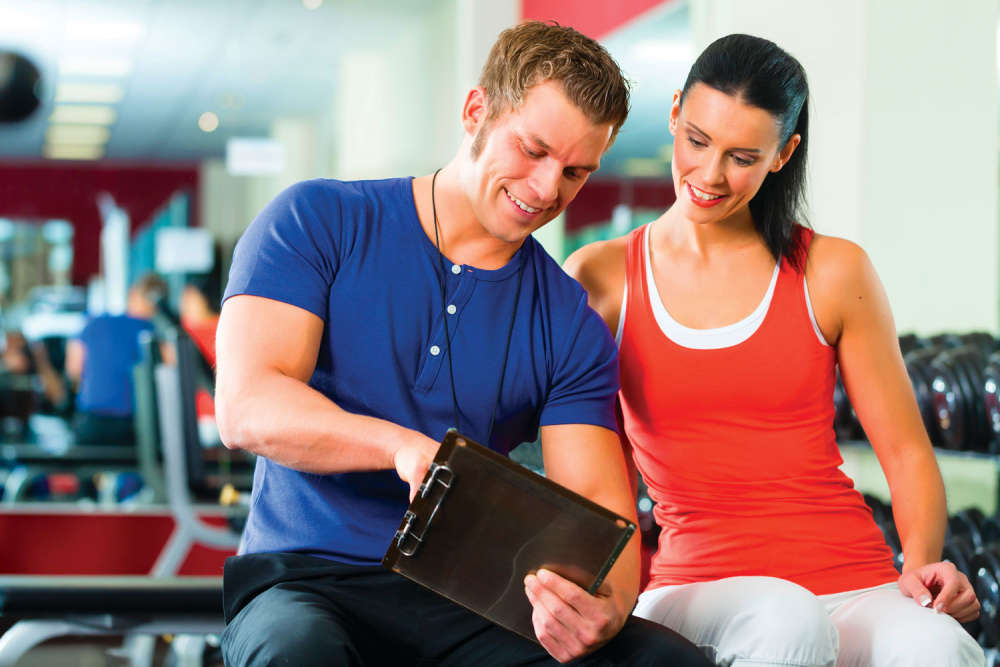
Personalized Fitness Plans
No two individuals are the same, and neither are their fitness journeys. That is, staff should work closely with your members to develop personalized fitness plans that align with their goals and abilities.
This tailored approach not only fosters inclusivity but also improves the likelihood of long-term success.
- Initial Assessment: Conduct a thorough assessment of each member’s fitness level, goals, and any special considerations.
- Goal Setting: Based on the assessment, collaborate with members to make a training plan and set achievable and realistic fitness goals.
- Tailored Workouts: Trainers design customized workout routines that consider factors such as fitness, physical activity level, limitations, and preferences. These plans evolve as members progress.
- Nutrition Guidance: Offer nutrition guidance for any fitness professional to complement fitness plans.
- Progress Tracking: Use gym management software to track members’ progress, making it easy to adjust workouts and goals as needed.
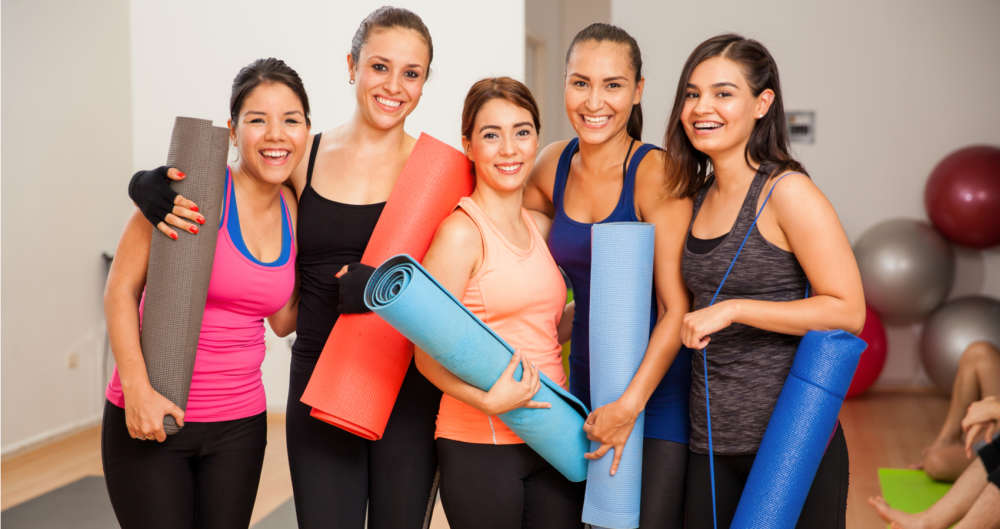
Community Support
To promote a profound sense of community, organize a variety of social events, fitness challenges, and support groups.
These initiatives bring diverse members together, fostering an atmosphere of camaraderie and mutual support. Together, you can achieve more.
- Social Events: From community fitness challenges to themed workout parties, social events offer opportunities for members to connect beyond their regular fitness sessions. These gatherings instill a sense of belonging among fitness pros and cultivate lasting friendships.
- Support Groups: For those dealing with specific public health challenges, such as chronic physical conditions or heart disease, offer support groups. These gatherings provide a safe space for sharing experiences and exchanging invaluable advice.
- Online Communities: In addition to in-person events, maintain online communities where members can share their fitness journeys, ask questions, and provide words of encouragement. These virtual spaces are particularly invaluable for those who prefer digital connections.

Stories of Transformation
Share inspirational transformation stories from your diverse gym community.
These narratives underscore the power of inclusivity and highlight your members’ incredible journeys. They serve as a testament to what can be achieved in an environment that welcomes all.
- The Inclusive Fitness Space: Support extends to initiatives like the Inclusive Fitness Space, which empowers individuals—particularly those from marginalized backgrounds—to reclaim their bodies and prioritize their health and wellness.
- Celebrating Diversity: Digital platforms, including social media and your website, should showcase stories and testimonials from a range of individuals, shining a light on the diversity of backgrounds, abilities, and fitness journeys within our community.
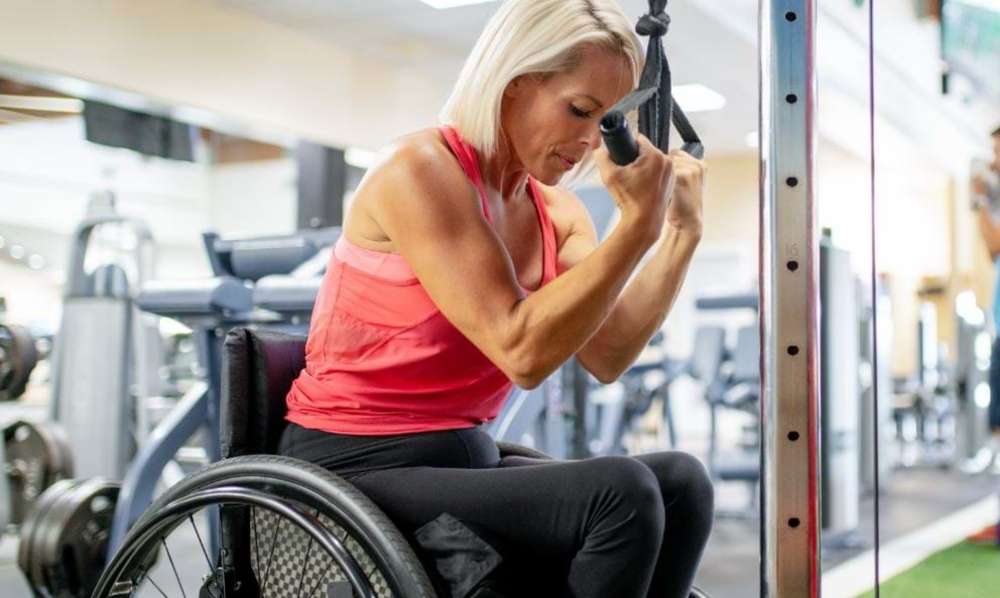
Conclusion
In conclusion, a commitment to creating inclusive gyms and fitness spaces is unwavering.
As a gym owner, you should understand the importance of providing an inclusive fitness environment where all individuals can come together to pursue their health and wellness goals.
By creating an inclusive environment and accessible fitness plans, you aspire to help everyone, regardless of their body shapes, body types, or different abilities, achieve their fitness and wellness goals.
Together, with the support of instructors and diverse fitness professionals, you can continue to expand your knowledge and understanding of the diverse needs of your members.
